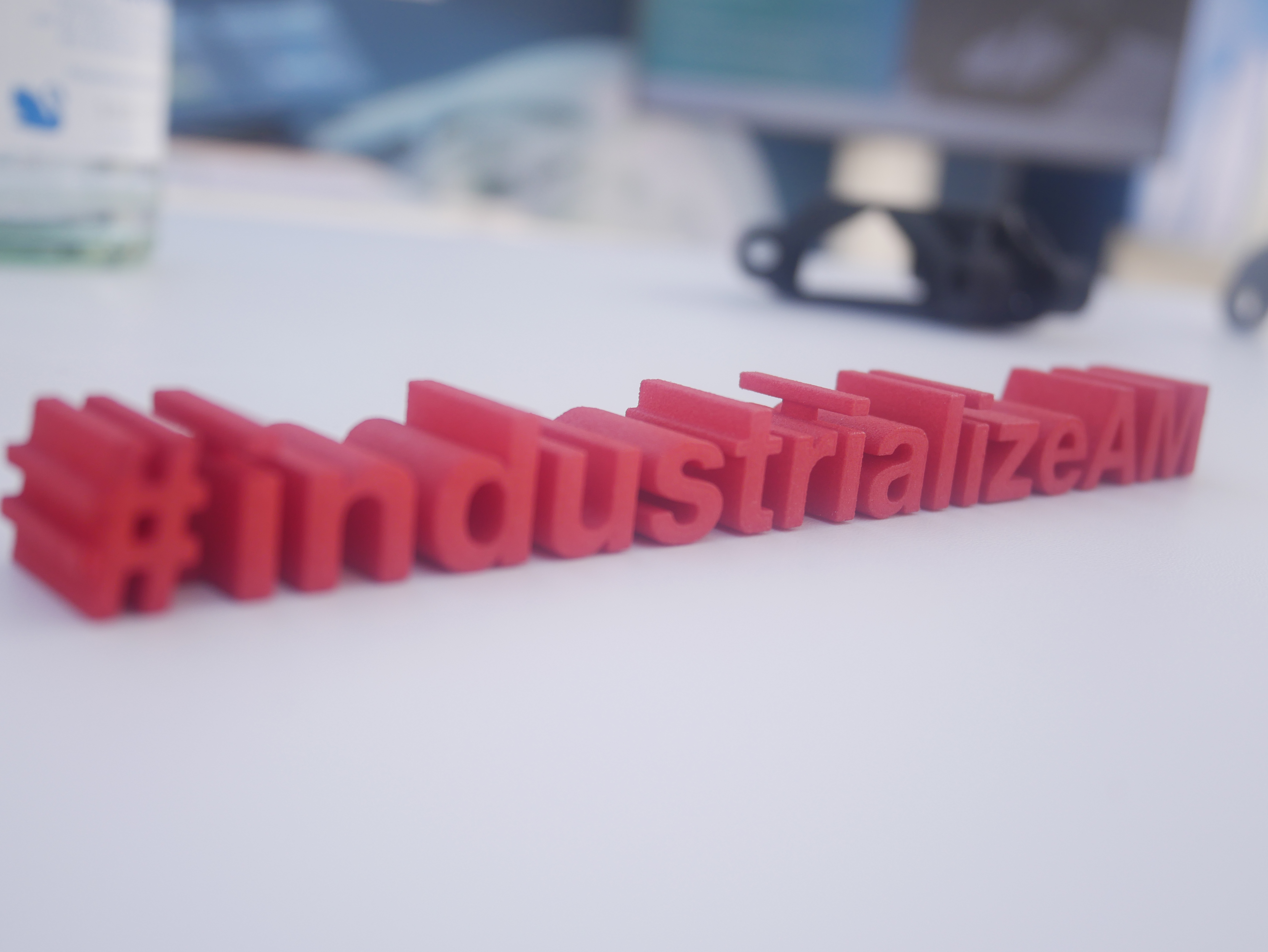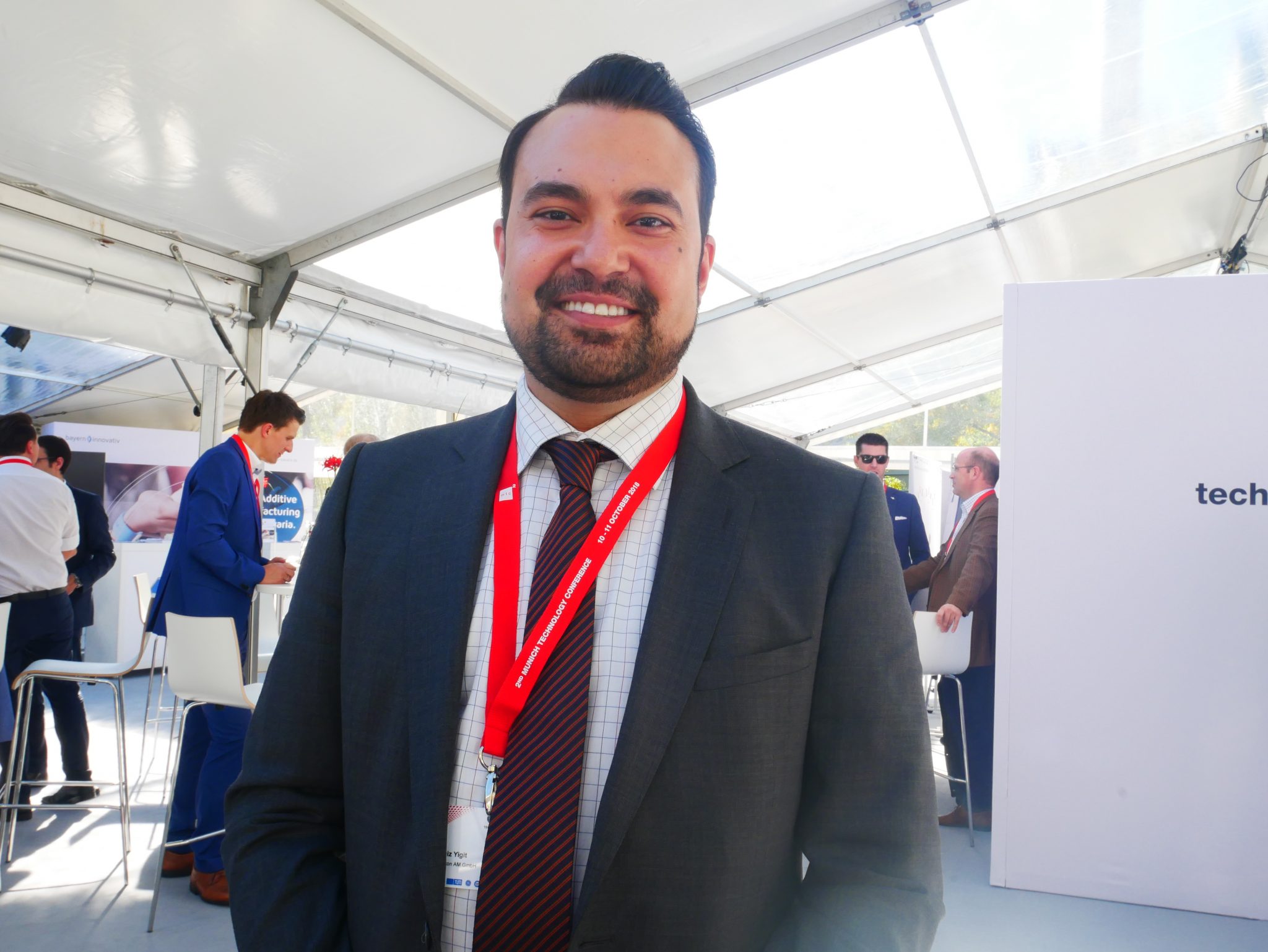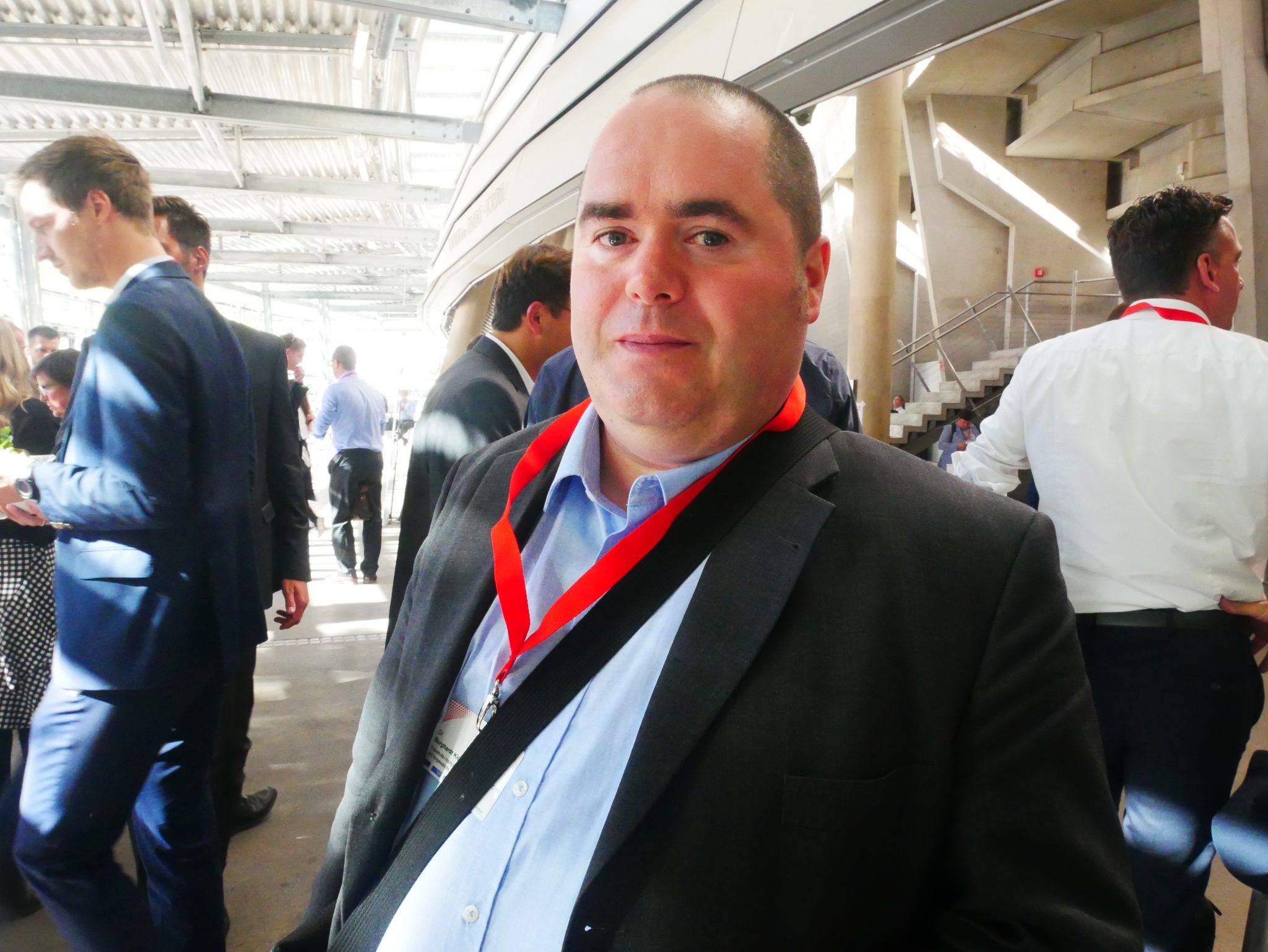With the intention of diving deeper into the topic of additive manufacturing industrialization, Oerlikon Group’s Second Munich Technology Conference (MTC2) dedicated its second day to workshops on the major factors affecting this process.
3D Printing Industry attended the Advances in Materials for Additive Manufacturing workshop where we interviewed various 3D printing specialists on the importance of developing materials for future industrialization.

3D Printing Industry: To what extent does the current standard of 3D printing materials hinder further industrialization of additive manufacturing?
Deniz Yigit, Principle Metallic Additive Manufacturing Powder Expert at Oerlikon: Presently, we don’t have the appropriate alloys for additive manufacturing and, depending on the application, some alloy grades are missing. Also, if there are new developments in materials, we need to ask questions on certification and validation processes from higher authorities.
Furthermore, if we have an interest in certain alloys or materials, is this enough? I believe that we may have to generate business cases to form some kind of market, which is seen within low-cost AM powders used for tooling. This is because people can be afraid when it comes to these materials as there is not a strong economic background to use them.
Some alloy classes such as aluminum, copper, or special titanium are utilized in the industry today and we need to understand why they are not used in the AM field. Materials such as plastics are already established and nowadays, people are waiting for metals as they are real and functional construction materials. Industries such as healthcare leave room for higher part costs as well as aerospace. On the other hand, automotive brings in the mass production and begs the question: what is now the right cost frame to enable this technology?

3D Printing Industry: How will different 3D printing technologies such as Electron Beam Melting (EBM) contribute to the industrialization of additive manufacturing?
Dr. Burghardt Klöden, Group Manager for EBM Additive Manufacturing at Fraunhofer IFAM: With 11 years in the 3D printing industry, I see EBM as the exclusive technological choice for additive manufacturing as there are a lot of opportunities regarding metals – which have demonstrated its practical uses within various industries through this process. Materials such as ceramics are a few steps behind metals in terms of technology, whereas metals are more versatile.
The main problem with such metal materials is not the standardization itself but with the contribution. It will take a community effort to move additive manufacturing materials from the R&D side to the industry side, and such institutions as the ISA, which we have worked with, encourages practitioners to get involved. Although we have a long road ahead of us, I have a positive impression from the community here [MTC2] that we have what it takes to get the right materials to manufacturers in all markets.

3D Printing Industry: How important is the role of gas on 3D printable materials for metal components and how can it be improved to accelerate industrialization?
Pierre Forêt, Senior Expert Additive Manufacturing, Metals & Glass, the Linde Group: It’s important to have the proper gas atmosphere to produce quality 3D printed parts. However, productivity is a major issue and should be increased. 3D printers themselves work without human interaction but the before and after processes are still very manual. There is a need for more automation and digitalization during additive manufacturing in order to push industrialization.
I think that reproducibility is also important and something we work on as gas has a significant influence on the 3D printing processes. The complexities of gas molecules as it relates to this industry is not always understood which is why we ensure the correct gases, be it argon, nitrogen, or others, as well as the appropriate metal powders, are used to produce high-quality parts.
Joining materials to make parts from a 3D digital model, in an inert printing chamber, depends on more than 200 parameters for its success, and more of those parameters are becoming controllable. I believe we are going through the natural stages of industrialization and such elements as materials will change organically to meet the high-tolerance standards for the previously mentioned industries [automotive, healthcare, and aerospace].
If we focus too much on developing materials to suit every need and demand then we may miss the very industrialization that we desire.

Keep up with the latest in additive manufacturing by subscribing to the 3D Printing Industry newsletter. Also, follow us on Twitter, and like us on Facebook.
Looking for a change of pace or seeking new talent? Search and post 3D Printing Jobs for opportunities and new talent across engineering, marketing, sales and more.
Featured image shows a 3D printed model at MTC2. Photo by Tia Vialva.

